
If you want to create the best possible version of your app, then it helps to get the opinions of real users.
A beta testing program enables you to do just that by getting people to try out your app and give you their feedback.
However, when conducting a beta testing program, you don’t want to just throw something together and hope for the best. Instead, you need to create a plan that covers all the bases.
That’s why in this article, we’ll go over the steps you need to take to successfully create a beta testing program, as well as some ways to make it easier.
Stay tuned!
Table of Contents
Set goals for your beta testing program
If you want to create a successful beta testing program, the first thing you should do is define your goals.
You don’t want to just run a beta test for the sake of running one.
Instead, you should have specific goals in mind because otherwise, you won’t know what to look for and in which direction to steer your testing.
The picture below shows some of the goals you can set for your program, including user satisfaction, ease of use, efficiency, memorability, and error detection.

Each goal is different and focused on a particular aspect of the app.
For instance, a beta test with the goal of gathering as much information as possible about crashes will look different than one with the goal of improving user experience.

Get unreal data to fix real issues in your app & web.
Let’s explain this further with an example.
Recently, TikTok wanted to test a feature called Repost that allows users to boost certain posts by sharing them with others.
Beta testers had to determine if this new feature worked well enough for people to use it regularly.
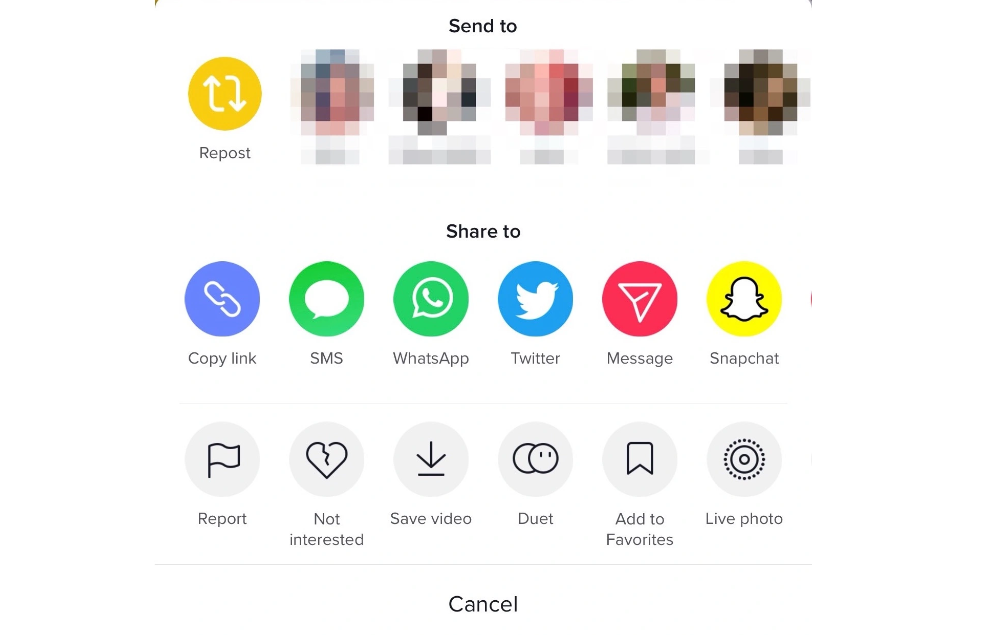
In this case, the goal was to determine whether or not the users thought the feature was beneficial and easy to use, rather than bug detection.
That goal set the scope for the whole beta testing process.
It’s important to remember that beta testing needs a clear objective.
Otherwise, it’s just an unstructured experiment that’ll produce few valuable results.
Create a plan for your beta testing program
A well-thought-out plan is probably the most important factor in the successful implementation of a beta testing program.
Without a plan, you may end up running into some roadblocks—the most common of which are low participation and irrelevant feedback.
As you can see in the picture, a good plan will lay out the structure of your test and let you know what environments, methods, and tools are required to get it off the ground.
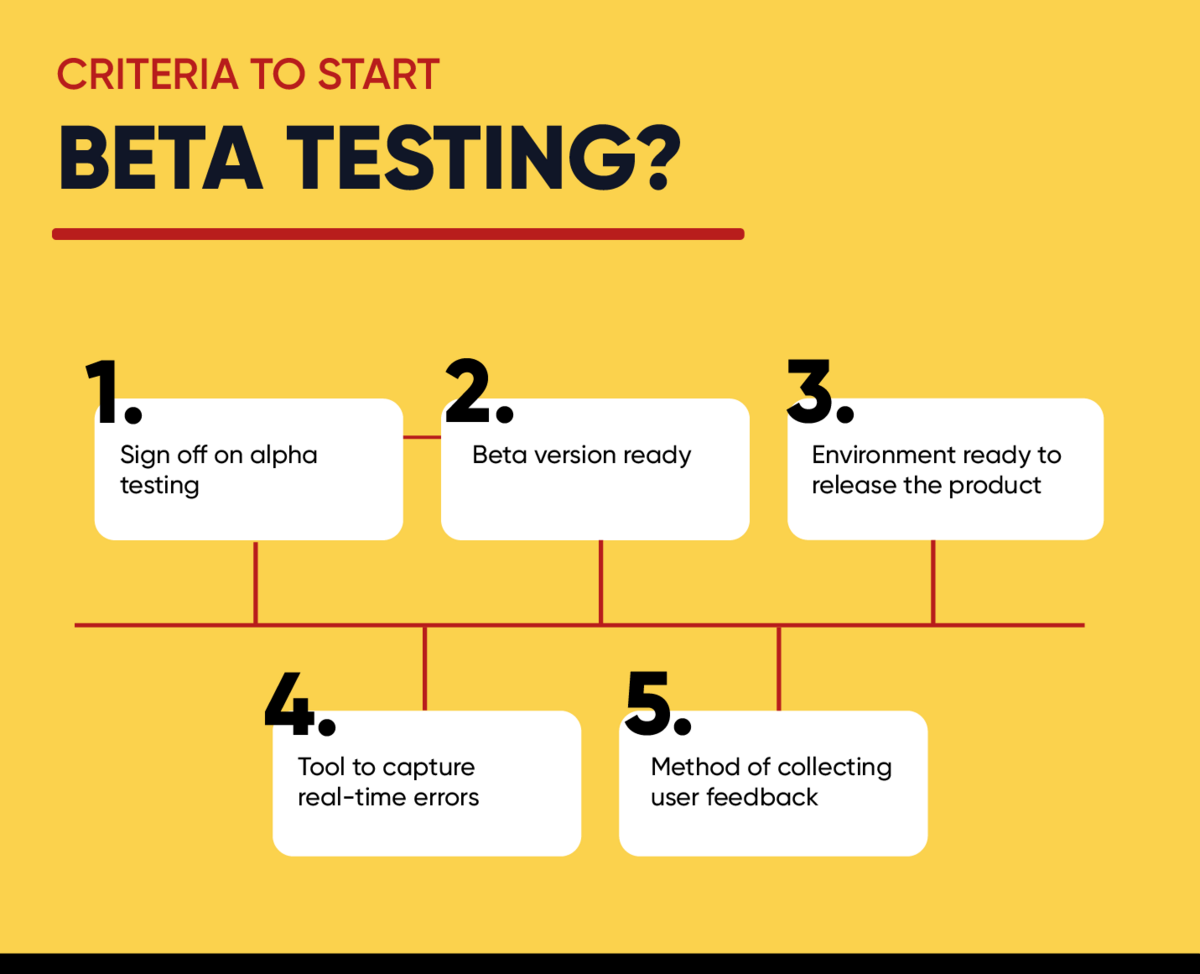
Your plan should also outline how much time and money the beta testing will take, as well as how many participants you’ll need, and how you’ll analyze the results.
In other words, good test plans will have a place for all of the following:
- Defining the scope of the testing and determining what is out of that scope
- Descriptions of the tests that will be performed
- A list of resources
- A list of people involved in the program (both internally and externally)
- Key dates and target deadlines
The combination of these points will help you create a plan that’s successful, streamlined, and efficient.
The plan should be flexible enough to handle any situation that comes up, but also provide a clear path forward for everyone involved in the program.
Define how long beta testing will last
When you’re planning your beta testing strategy, the duration of the process is probably a major consideration.
Depending on your audience, resources, and deadlines, you may want to run your beta test for a week or two, or you may extend it to several months.
You should also consider what kind of feedback you’re looking for during this period—do you just want to get some initial reactions from users?
Or are there specific bugs or crashes that need to be ironed out?
All this can affect the length of your beta testing period.
According to the Centercode, the optimal duration of the beta testing process is between two and twelve weeks.
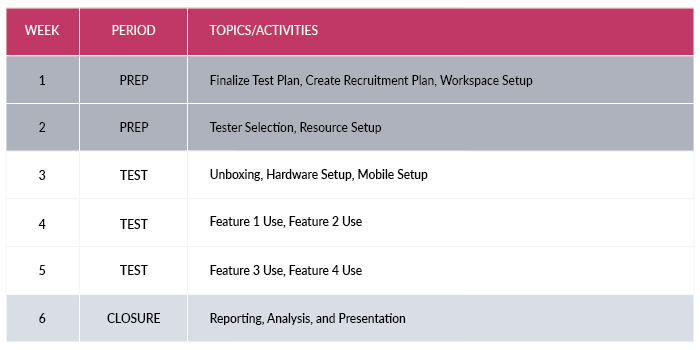
As you can see in the picture above, in most cases, their beta testing sessions last about six weeks.
The preparation for beta testing takes about two weeks, the testing itself lasts about three weeks, and after closing it off, there is one week still needed for reporting, analysis, and presentation.
This is a pretty neat schedule that you can use as a reference point.
Of course, it’s not set in stone and you can adjust the schedule based on your needs.
Decide how many beta testers you need
Although there’s no magic number of beta testers that fits all cases, there are some guidelines that can help you decide how many to recruit.
As a general rule, the number of the beta testers needed depends on the app’s complexity and size, as well as its target audience.
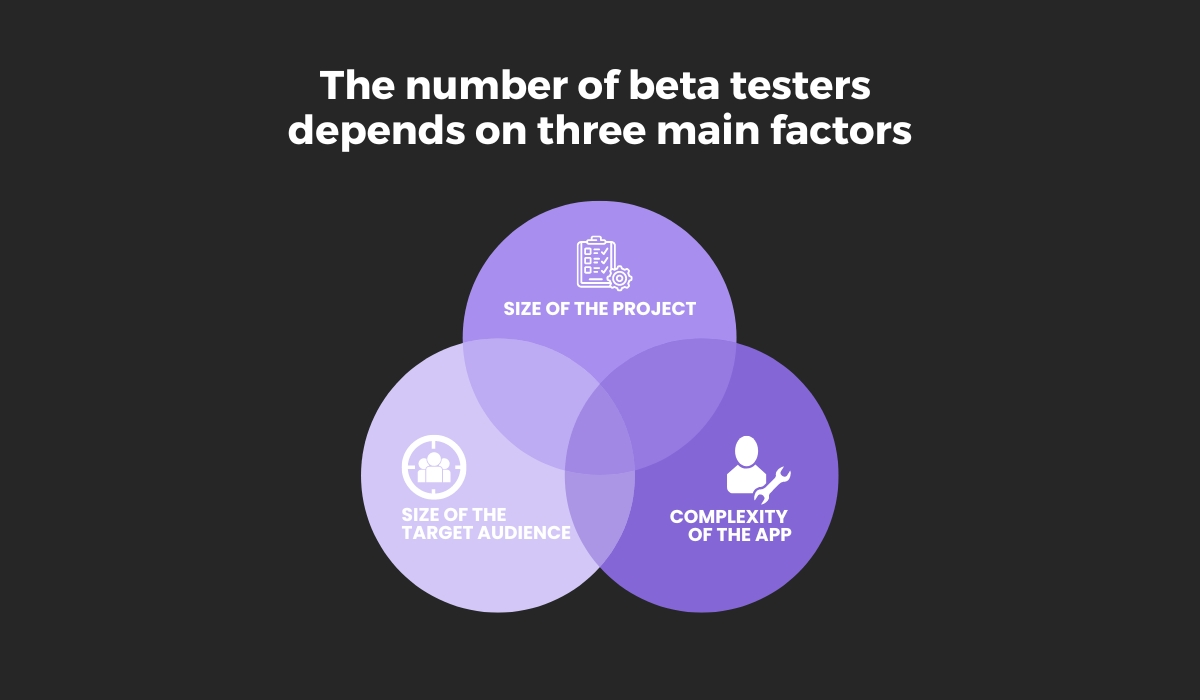
In other words, the more complex your app is, the more beta testers you’ll need.
If your app is relatively simple and targeted at a niche market (for example, a mobile game that’s aimed at children), then you can probably get away with a handful of beta testers.
On the other hand, if your app has a lot of features and is targeted at multiple audiences (such as a productivity app that can be used by various kinds of professionals), then you’re going to want to recruit more people to test it.
Ron Rachlin, the co-founder of Ubersuggest, recommends using 10-15 beta testers to test small app projects.
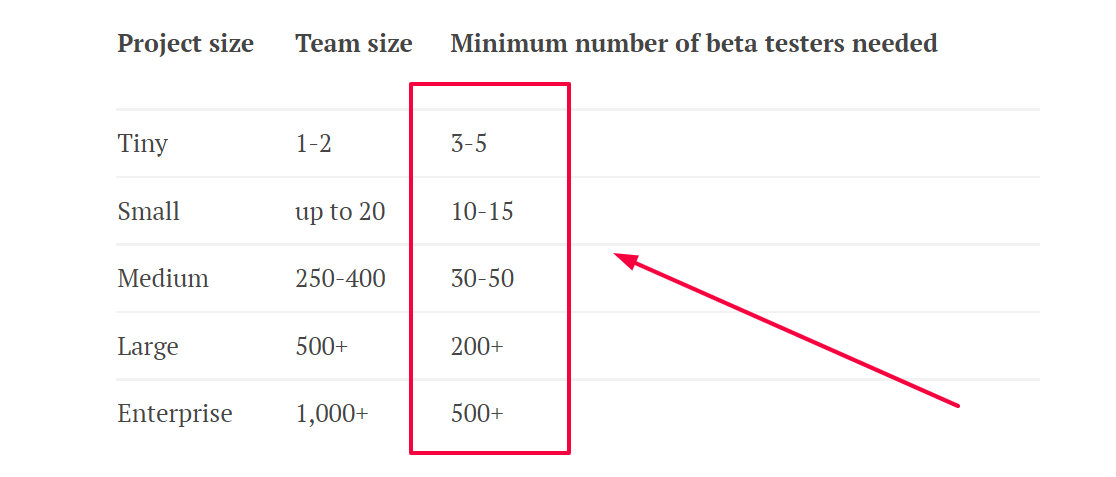
For bigger apps, it’s typical to have a team of more than 200 beta testers.
These numbers can be a good starting point, but it’s worth mentioning that it’s a good idea to have some extra beta testers on hand in case one of them drops out or doesn’t provide useful feedback.
This way, you’ll have a contingency plan in case someone is unable to participate.
Know who your ideal beta testers are
To create a successful beta testing program, you need to be sure that the people you recruit are an accurate reflection of your target audience.
The first step to achieving this is to understand who exactly your target audience is.
This can be done by asking yourself the following questions:
- Who will be using your app?
- What are their demographics, age, income level, and location?
- What are their needs and desires?
- What is important for them when making a purchase decision?
Answering these questions will help you define your user persona, as shown in the picture below, and based on this information, you’ll be able to begin to narrow down the ideal beta testers.
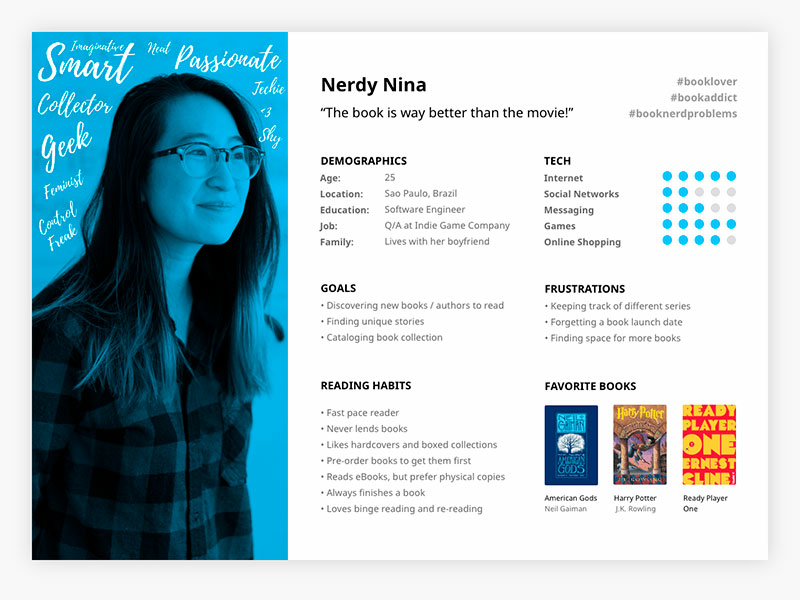
For example, if your app is targeting women between the ages of 25 and 34 who like reading and buying books, then it would be beneficial to have them as beta testers.
These beta testers are likely to understand your end users’ needs and will be able to give you valuable feedback.
Finding ideal beta testers is a process that will take some time and thought, but it’s well worth the effort because it’ll help you to create an app that truly meets the needs of your target audience.
Find your beta testers
There are a few different ways to go about finding beta testers for your app.
If you have a loyal following of people who are already using your app, then chances are that they’ll be willing to help out with testing as well.
To get started, simply send out an email or message via social media asking if anyone would be interested in helping test out a new feature, as you can see in the picture below.

Since they’ve already shown interest in your app, it’s safe to say they’re good candidates for giving you accurate feedback on your newest features.
You can also take advantage of existing groups dedicated to your niche.
For example, if you’re working on an app for real estate agents, you can join an online forum about the industry and ask if anyone would be interested in beta testing your new project.
Forums such as Quora, Reddit, or dedicated Facebook groups are usually full of people who are willing to help out.
Another option is to use the services of companies like UserTesting, BetaTesting, or Ubertesters.
These sites will provide you with a group of paid beta testers who’ll use your app and then give detailed feedback about their experience.
Not only do these sites typically have a huge pool of potential testers (BetaTesting, for example, has 350.000), but they also usually provide you with an analysis of the results—which is helpful in formulating your next steps.
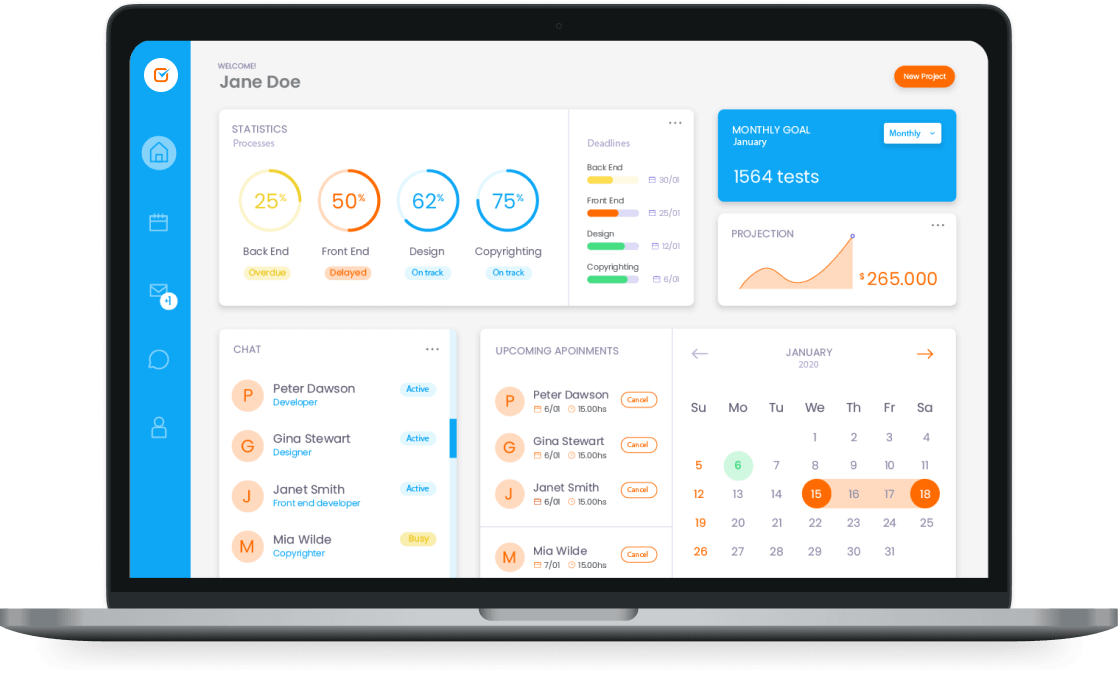
Another benefit is that they won’t reveal any classified information, and testers are required to sign an NDA—so your sensitive data stays safe.
The downside is that these sites aren’t free, and if you have a large number of testers or need them to come from specific countries and languages, they can become quite pricey.
Manage the feedback you receive
The feedback you get from beta testers can be invaluable in helping you identify weaknesses in your app and make improvements.
However, this feedback has value only if it’s complete, clear, and organized.
Otherwise, the chances are that you’ll end your beta period with an unstructured pile of data and no clear plan for using it effectively.
There are two main types of feedback you can receive from your beta testers:
- ongoing feedback
- directed feedback
Ongoing feedback can consist of the overall impression that your beta testers have, their suggestions for improving aspects of your app, a list of issues that need to be addressed, as well as positive comments about what they like.
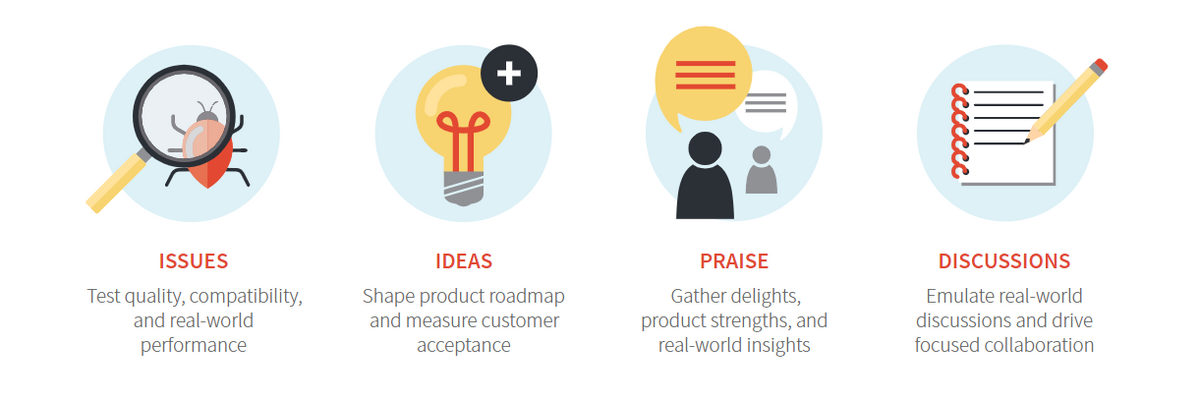
On the other side of the feedback coin are directed-feedback activities, which you ask your testers to do or answer by directly involving them in certain steps of a test.
Surveys and tasks are two of the most commonly used kinds of directed feedback.
It’s important to collect and categorize both types so that you can use them to improve your app.
For example, Jack Preece, product marketing executive at Linnworks, suggests gathering feedback by creating forms with a comments box or star rating, as well as interviewing beta testers.
You can also significantly reduce the amount of time it takes to gather and report beta-test results by automating that process.
Tools such as our own solution, Shake, enable beta testers to report bugs that they find with a single shake of the phone.
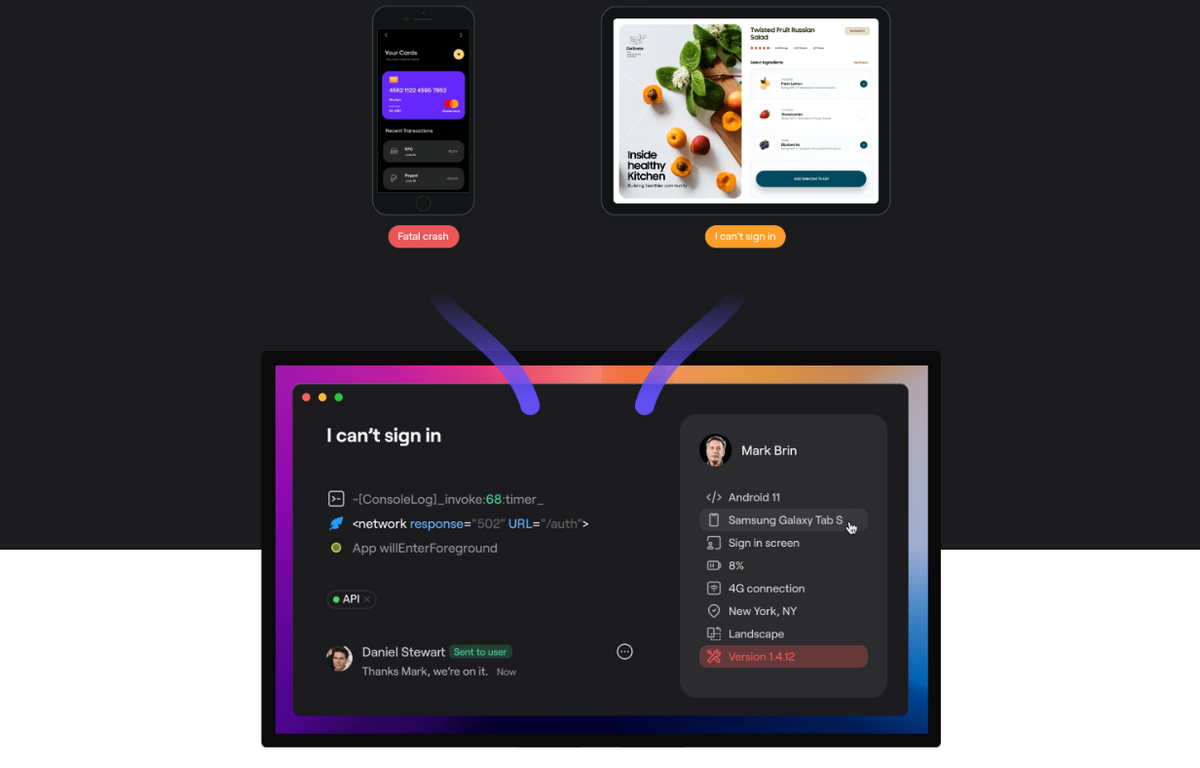
In return, you instantly receive a detailed report that includes the bug location and more than 70 other pieces of information that helps fix the issue faster.
This allows you to create a more streamlined process for handling beta-test results and ultimately makes the whole process more efficient.
Reward your beta testers for their efforts
Incentivizing your beta testers for their efforts is critical for successful beta testing.
If you don’t offer them anything in return, your testers will have little motivation to put in their time and effort into the testing.
It’s up to you to decide if you want to offer a monetary reward, but some kind of free item or service is more than appropriate.
The most common method is to offer early bird access to the paid version of your app, or give out gift cards or swag in exchange for being a tester.

James McKey, a network engineer at Data Revolution, also suggests running a weekly skill-based contest, awarding prizes such as iPads or Kindles to the testers who find the most severe bugs.
He has seen great results with this approach:
I found not only an increase in valuable bug finds but also demonstrated there was a clear increase in the number of bug submissions as the contest deadline approached.
Whichever method or incentive you choose, the bottom line is that it’s important to give your testers something to work for.
They will be more motivated to find bugs and provide feedback if they feel like their contributions are valued.
Evaluate the success of your beta testing program
At the end of the beta testing program, you should evaluate its success by tracking a few important metrics.
These metrics can help you determine which aspects of the beta program were most productive and what changes you should make before releasing the app to a wider audience.
They can also tell you whether or not beta testing has achieved its goals.
An example below illustrates some of the metrics you can monitor during the evaluation of beta testing: quality, satisfaction, output, and efficiency.
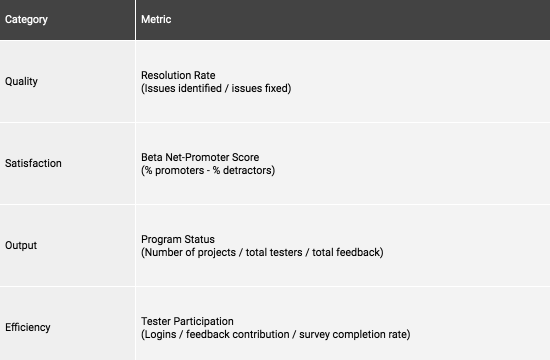
For instance, quality is a metric that’s relatively straightforward to measure and scale, because it correlates to the number of bugs found and fixed.
In other words, it demonstrates your resolution rate and the ability to fix issues that were reported.
You can also measure satisfaction by asking your beta testers whether or not they would recommend it to a friend.
This Net promoter score (NPS) is a good metric to use because it will give you a quick snapshot of how your beta testers feel about your app.

You’re headed in the right direction if you have more promoters than detractors.
You can measure the output of beta testing, such as how many projects are finished and the number of feedback submissions.
You can also evaluate efficiency by measuring how many testers log in or submit feedback.
Of course, there are other metrics you can track, and which ones you’ll use will depend on your goals.
The bottom line is that evaluation, this final step in a beta testing program, should not be overlooked.
It’s a critical part of the process that can help you make the most of your beta testing program and improve all your future betas as well.
Conclusion
In this article, we’ve covered how to create a beta testing program and the steps you need to take to get it off the ground.
As we’ve seen, there are a lot of things to consider.
You need to figure out how to create a strategy, recruit users, set up the process by which they can submit feedback, reward testers, and evaluate results.
Although the whole process may seem a bit overwhelming at first, it’s actually fairly straightforward.
All you have to do is break down the process into different steps and focus on one at a time.
Once you get into the rhythm of creating a beta testing program and start seeing results, it will be easy to build on your progress.





